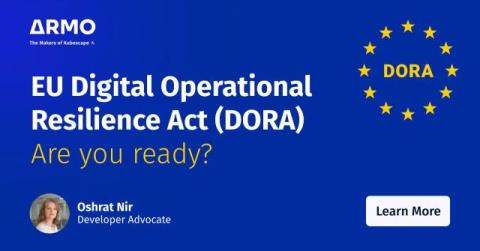Introducing Cloud Compliance in ARMO Platform!
We are thrilled to announce that Cloud Compliance is now available in ARMO platform, providing security and compliance teams with a powerful way to assess and maintain compliance across their AWS environments. With this new capability, ARMO automatically scans your cloud assets against industry-leading frameworks, ensuring that your cloud security posture aligns with best practices and regulatory requirements.











